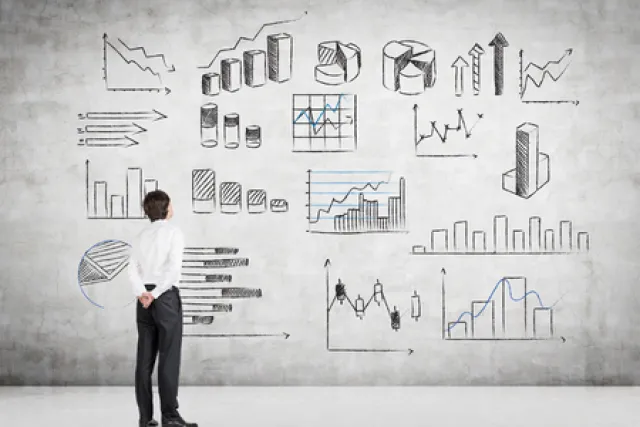Data is one of the most important tools you have to understand and improve diversity in your workplace. Any forward-looking socio-economic diversity and inclusion strategy begins with data. Collecting the right data, and knowing what to do with it, will help to shape your plans at every stage.
However, many employers report that collecting socio-economic data remains their biggest challenge, and we’re delighted to be running a masterclass exploring ‘Using workforce data to understand and improve social mobility’ with Tracy Garrad, CEO of AXA Health. There’s still time to register, so do join us if you’re interested in how you can improve your data collection and use.
In today’s blog, Mary Bright, Head of Social Affairs at Phoenix Group, describes how Phoenix increased employee engagement with data collection and doubled their response rate.
“You cannot change what you do not measure – a simple but powerful realisation that led Phoenix Group colleagues to develop the ‘Who We Are’ initiative.
The scheme was the brainchild of our colleague network for ethnic minorities, MOSAIC, with a scope to touch on all areas of diversity, equity and inclusion (DE&I), and it was quickly adopted and championed by our Human Resources team
The problem, first identified by MOSAIC in 2016, was that survey responses about DE&I from our colleagues were not high enough to yield the valuable data we needed. On average, just a third of colleagues were responding, making the findings statistically irrelevant for all practical purposes.
That meant there was a huge hole in our knowledge. We simply did not fully know who our colleagues were – and it was this troubling void that the ‘Who We Are’ initiative aimed to fill.
There were two effective strands to ‘Who We Are’. The first was developing engagement from colleagues. That meant first and foremost ensuring the survey language was inclusive and representative of best practice, using the correct nomenclature and terminology. It also meant working with a range of experts to better phrase questions and encourage interaction with surveys. Behavioural scientists, for example, were able to advise on the best ways to boost colleague participation and build long-term engagement.
The second strand was ensuring buy-in from senior colleagues. Our CEO, Andy Briggs, was an early enthusiast for the ‘Who We Are’ initiative and support from the very top was essential in helping to drive change and bring the project to a positive conclusion.
As a result of this work, the ‘Who We Are’ survey proved hugely effective, achieving a 77% response rate in just two months – more than double our previous average. Most importantly, that meant we finally had workable data to understand who colleagues actually are.
In terms of social mobility, that information has helped us better understand some of the opportunities and barriers facing colleagues across Phoenix. It has revealed some of the complexities of people’s lives and the challenges some of us face.
The crucial advantage of ‘Who We Are’ is it allows us to identify where we need to take action, to measure our progress and to deliver real and positive change. Ultimately, we now know much more about ‘Who We Are’ and it is not just about all of us – it is for all of us.”
